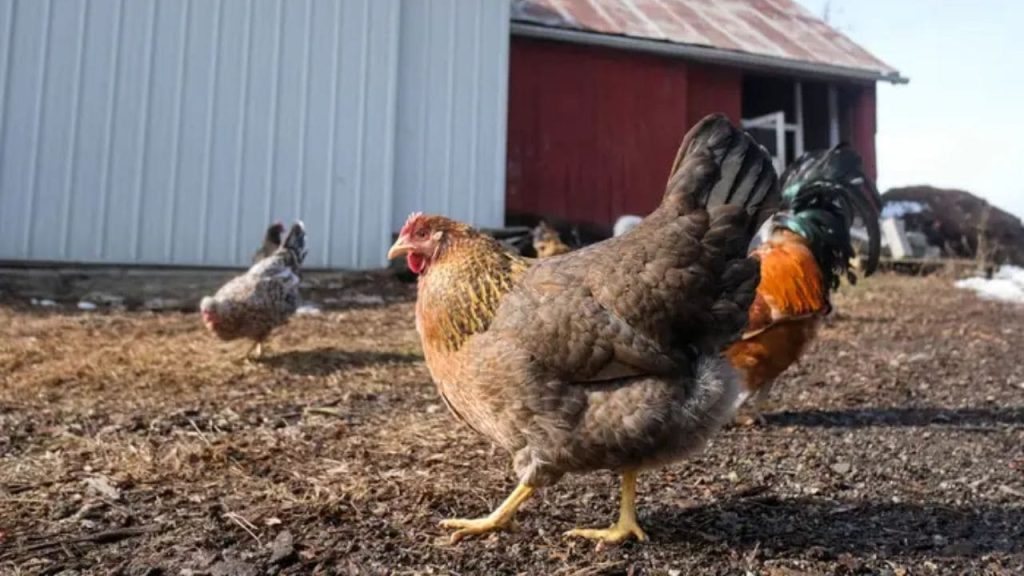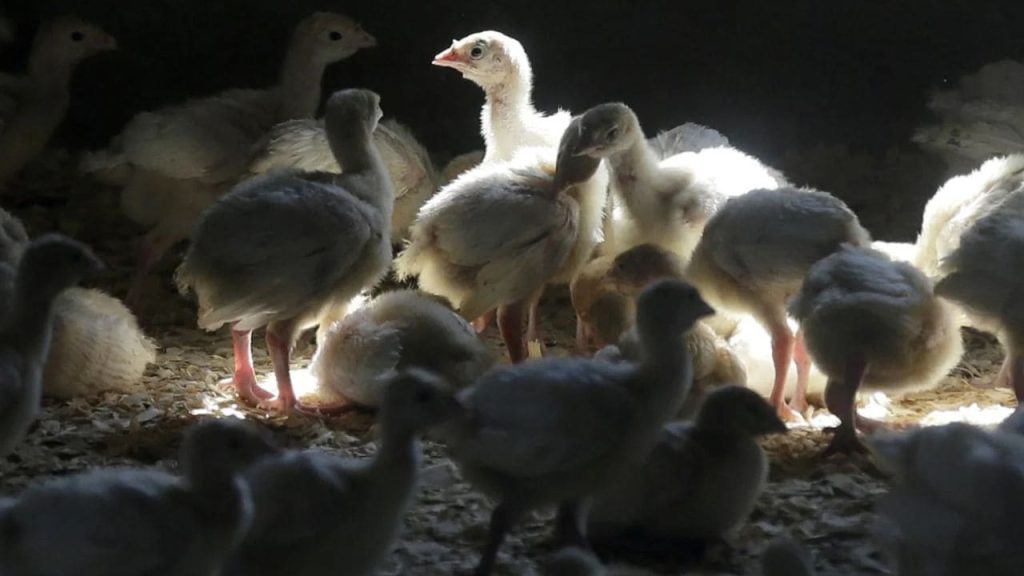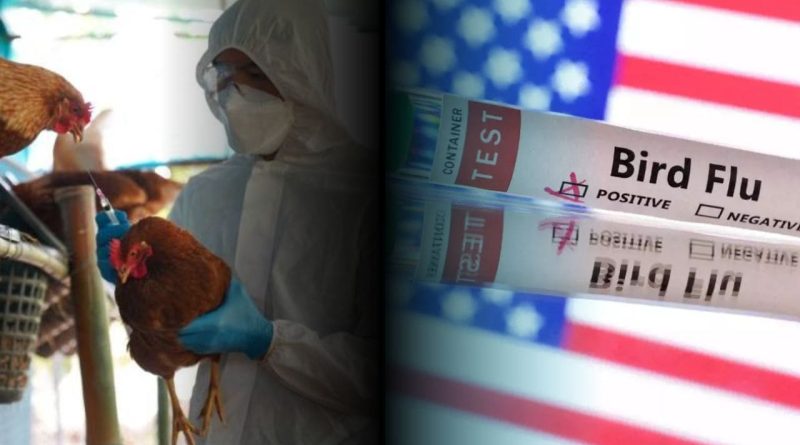CDC confirms first serious bird flu case in the US
The Centers for Disease Control and Prevention (CDC) has announced the first severe case of bird flu in the United States. This case involves a patient from Louisiana who is currently in critical condition and receiving hospital care.
Details About the Patient
The Louisiana Department of Health reported that the patient is over 65 years old and has underlying medical issues, which may have contributed to the severity of the illness. The patient is experiencing a severe respiratory illness caused by the bird flu virus.
Virus Origin and Spread
According to genomic analysis, the patient was infected with a version of the bird flu virus that has recently been spreading among wild birds and poultry in the U.S. This strain has also been found in human cases in Canada and Washington state. It differs from another bird flu strain that has been detected in dairy cows and certain poultry populations in the U.S.
The patient’s exposure is believed to have occurred through contact with sick and dead birds in backyard flocks. This marks the first human bird flu case in the U.S. directly linked to exposure to backyard poultry. However, the CDC is still investigating the exact source of the infection.

Bird Flu Cases in the U.S.
Since April, the CDC has recorded 61 human cases of bird flu in the United States. Most of these cases were mild, and the patients recovered after receiving antiviral treatments. Nearly all infections were tied to direct contact with infected livestock, including cattle and poultry.
Before this Louisiana case, only one previous patient, from Missouri, required hospitalization. However, health officials attributed that hospitalization to other medical conditions rather than the bird flu infection itself.
Symptoms and Risks
Bird flu symptoms in humans can vary. Common symptoms include:
- Sore throat
- Cough
- Fever
- Runny or stuffy nose
- Headache
- Muscle aches
- Fatigue
- Shortness of breath
Less common symptoms may include nausea, vomiting, diarrhea, and seizures. The severity of the illness can range from mild flu-like symptoms to severe complications like pneumonia, which may require hospitalization.

Preventive Measures
The CDC emphasizes avoiding exposure to infected birds and animals as the best way to prevent bird flu. Infected birds can spread the virus through their saliva, mucus, and feces. Other animals, such as cows, may also spread the virus through bodily fluids, including raw milk.
The CDC reassures that no person-to-person transmission of bird flu has been detected so far, and the risk to the general public remains low. However, individuals who work closely with birds, poultry, or cows, or those who spend time around them recreationally, are at a higher risk. These individuals should follow precautions recommended by the health agency.
Raw Milk Testing and California Outbreak
Last week, the U.S. Department of Agriculture (USDA) introduced a new federal order requiring raw milk samples to be collected and tested nationwide for bird flu. This decision came after the virus was found in raw milk samples from a California farm. The farm issued a recall for all its raw milk products and was placed under quarantine by state health officials.
California has reported 33 human bird flu cases this year, more than any other state. On Wednesday, California Governor Gavin Newsom declared a state of emergency to accelerate the state’s response to the outbreak.
Final Thoughts
The CDC continues to monitor the situation and emphasizes the importance of precautionary measures, especially for those at higher risk. While the general public is not at significant risk, the rise in cases serves as a reminder to stay vigilant, avoid contact with potentially infected animals, and follow public health guidelines.

